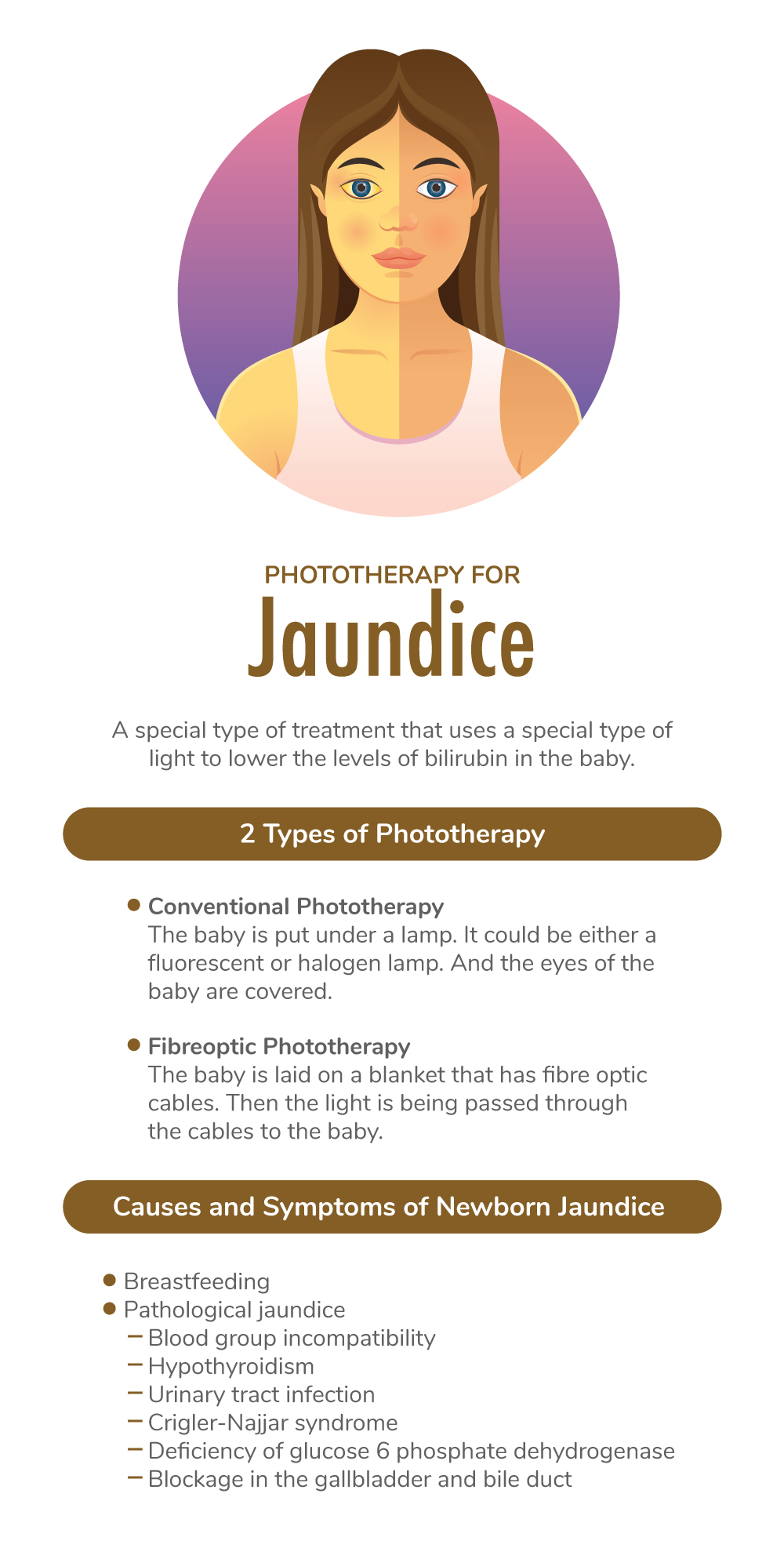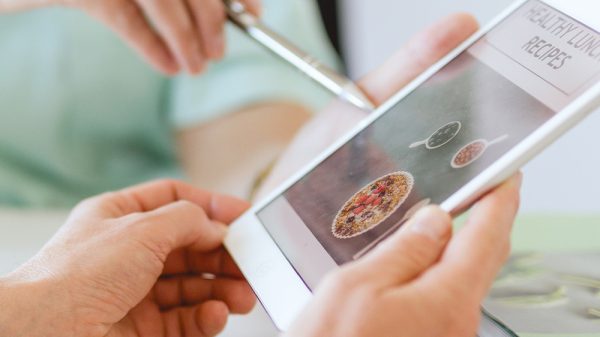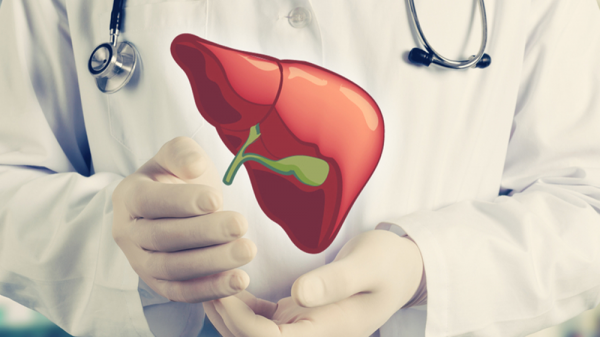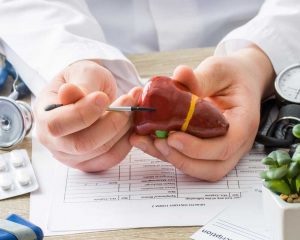For newborns, there are certain conditions that are commonly seen after birth. And one of the conditions happens to be jaundice. Sometimes, jaundice in newborns isn’t easily detected. And that can be bad for the baby. But if it’s quickly detected then that’s a good thing. There is a treatment method for newborns with jaundice. And that’s phototherapy for jaundice. Well, many mothers are skeptical about this because they have no idea what it’s about. That’s why we are here to help you out. We will be taking a look at some of the things you need to know about this treatment method.
For some time now there have been some questions on the effectiveness of phototherapy. Is it really effective for dealing with jaundice? Are there are any side effects to it? Will there be any problems after using this treatment method? Well, all these are good questions. And we will answer most of your questions about phototherapy today. So keep reading so that you find out the answers to questions.
Causes and Symptoms of Newborn Jaundice
Jaundice is known to be caused by excess bilirubin in the blood. This is also known as hyperbilirubinemia. Bilirubin is actually produced from the breaking down of hemoglobin. Hemoglobin is the component of the lung that carries oxygen.
For newborns, this is actually caused by too much red blood cells in the blood of the baby. And that’s because the red blood cells are broken down frequently and also replaced.
The thing with newborns is that their liver isn’t fully functional. And because of this, it cannot easily remove bilirubin from the blood. With this, the level of bilirubin in newborns is about twice the level of adults.
When the baby is about 2 weeks old the liver of the baby becomes more effective. And it is able to remove more bilirubin from the body. With that, there is a decrease in the amount of bilirubin in the body.
So most times jaundice is corrected ta about two weeks after birth.
Other factors that can increase the risk of your baby having jaundice
- Breastfeeding: This is known to increase the chances of a baby having jaundice. It’s normally advised that you don’t stop breastfeeding your baby even when your baby has jaundice. The benefits that come with breastfeeding is way more than the risk of having jaundice. The reason why this is a factor that increases the risk is not yet known. Newborn jaundice is actually called breast milk jaundice.
- Other health conditions: It’s possible that there’s an underlying condition that causes jaundice. This is actually known as pathological jaundice.
Some of the Causes of Pathological Jaundice
- Blood group incompatibility
- Hypothyroidism
- Urinary tract infection
- Crigler-Najjar syndrome
- Deficiency of glucose 6 phosphate dehydrogenase
- Blockage in the gallbladder and bile duct

Recovery from Jaundice
The very first thing to do when you find out your baby has jaundice is to tell your doctor or midwife.
Usually, treatments are only needed when the level of bilirubin in the blood is really high. To know if the levels are really high tests would be carried out.
Many babies don’t usually need treatment. And that’s because the level of bilirubin isn’t too high. It would take just about 10-14 days for this to resolve. And this wouldn’t be of any harm to the baby.
If the doctor says the treatment isn’t needed to make sure you feed your baby. You can either breastfeed or bottle-feed. It’s important that your baby consumes enough fluid. Try as much as you can to wake your baby up for feeding.
In case things get worse after 2 weeks or the symptoms still persist go and see a doctor or midwife. If your baby is premature there are chances that it would last for more than 2 weeks. Also if the baby is being breastfed solely then it could also last for quite some time. And this type would usually disappear without any form of treatment.
Phototherapy For Jaundice
This is actually a special type of treatment. It uses a special type of light. And it is sometimes used for treating newborns. It does this by lowering the levels of bilirubin in the baby. The process through which this is done is known as photooxidation.
Photo-oxidation is actually a process where oxygen is being added to bilirubin. And when this happens it is dissolved easily in water. And this makes it a lot easier for the baby to be able to remove bilirubin from the blood.
Types Of Phototherapy
There are actually two types of phototherapy. It’s either conventional or fibreoptic phototherapy. For conventional, the baby is put under a lamp. It could be either a fluorescent or halogen lamp. And the eyes of the baby are covered. While for fibreoptic, the baby is laid on a blanket that has fibreoptic cables. Then the light is being passed through the cables to the baby.
The aim of both methods is to help expose the baby to light. The most common type happens to be conventional phototherapy.
During this period, the treatment is stopped for 30 mins every 3-4 hours. This is so that the baby can be fed, cleaned up and also cuddled. Also, during this period the temperature of the baby would be closely monitored. They would also check if the baby is not dehydrated.
Once the bilirubin level starts to fall, they would start to monitor the progress. This would be checked every 6-12 hours. And once the levels are at a safe level, the phototherapy would be stopped. This would actually take a day or two.
So that’s all phototherapy is all about. And yes, phototherapy is actually effective for treating jaundice. If you’re considering which treatment method to go for, for your child, you can opt for phototherapy for jaundice.























